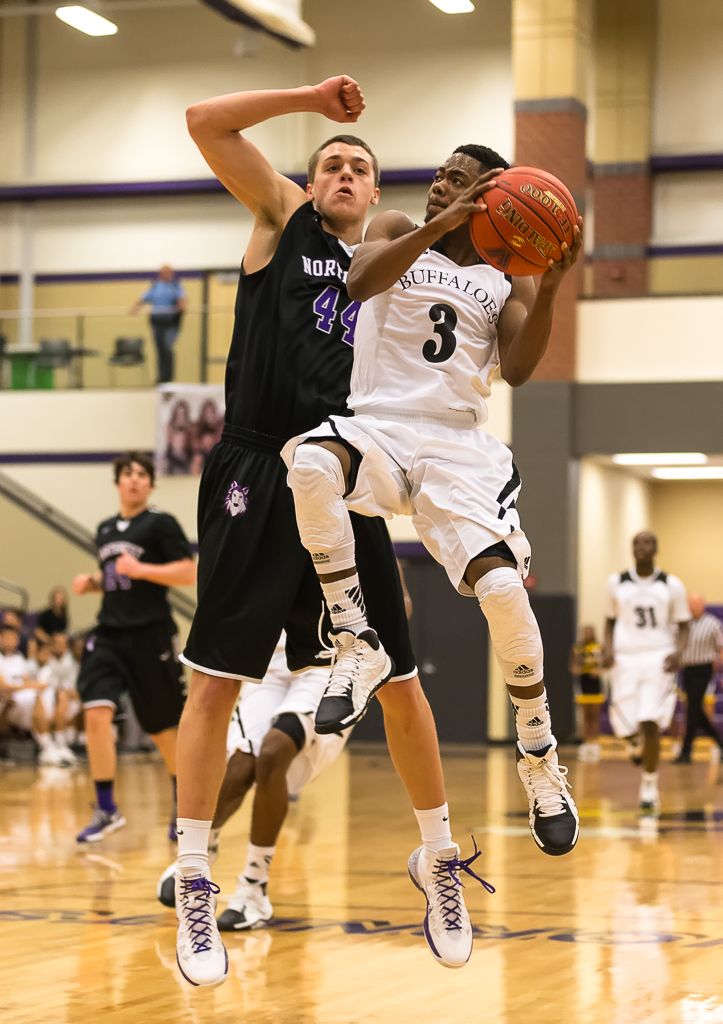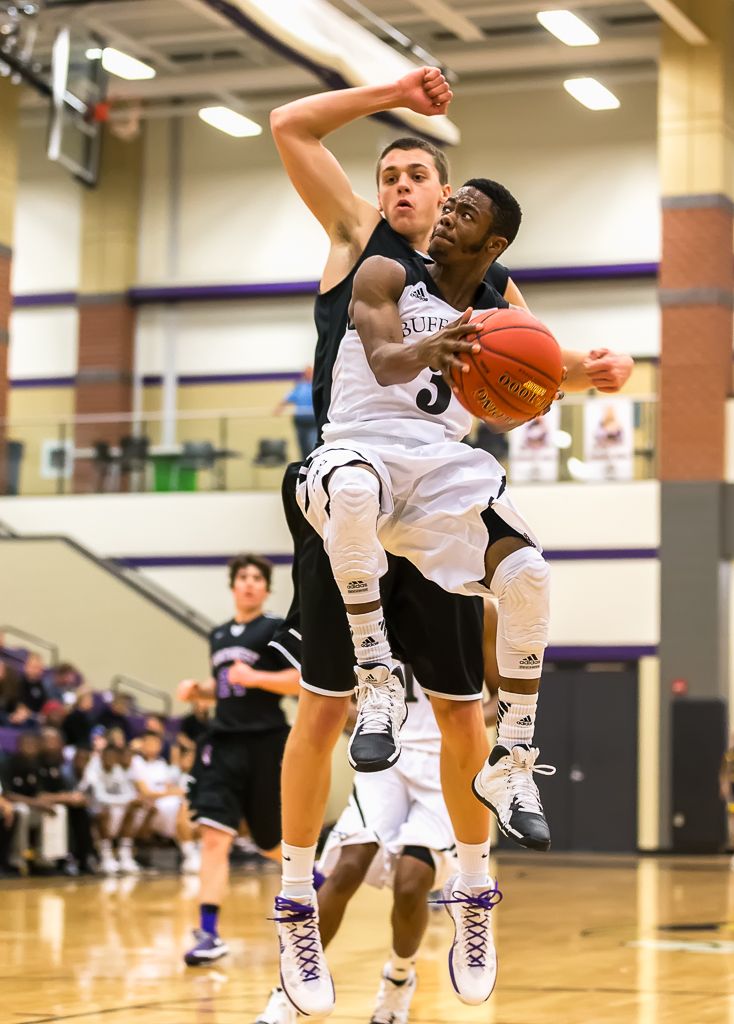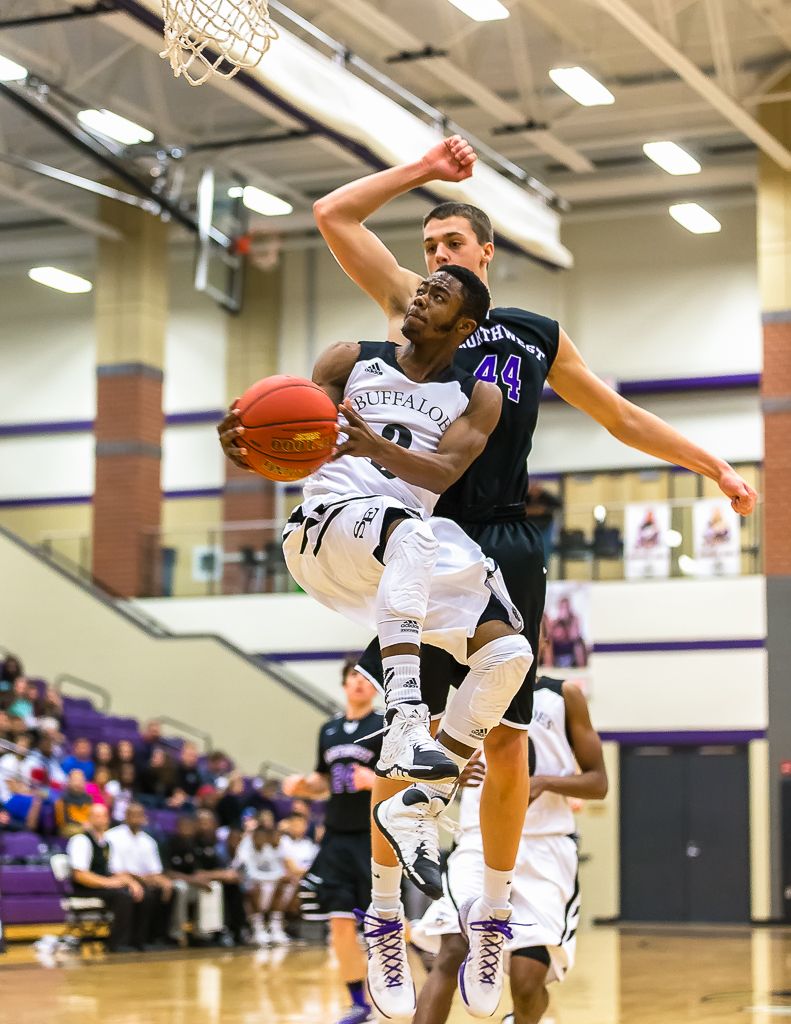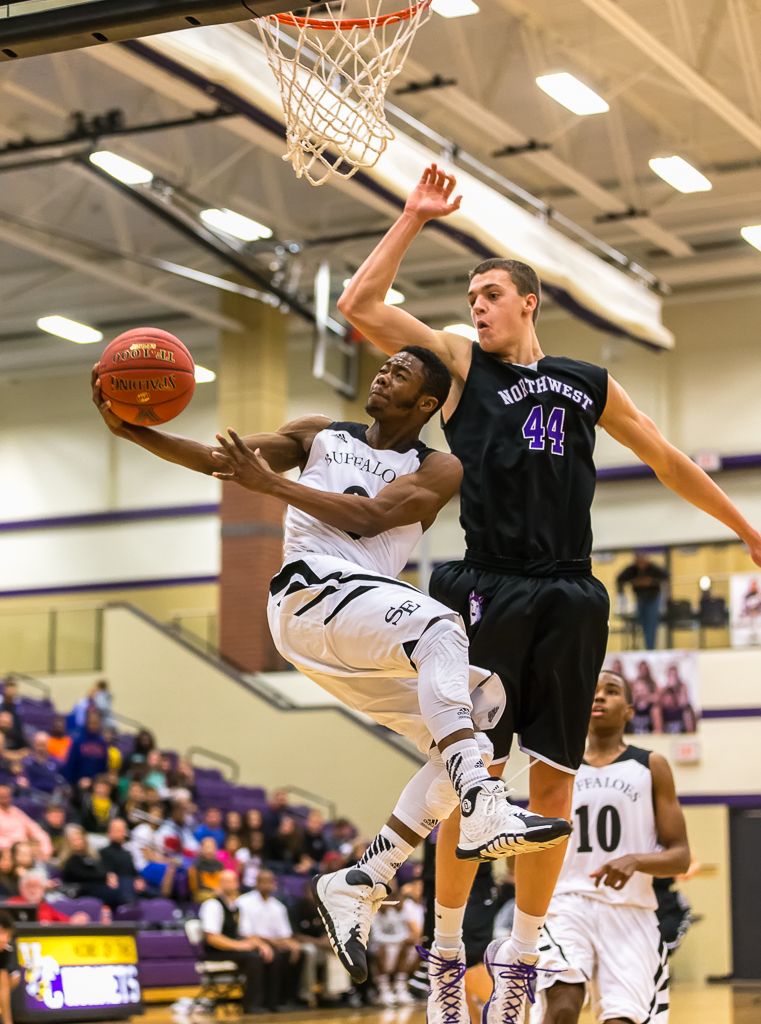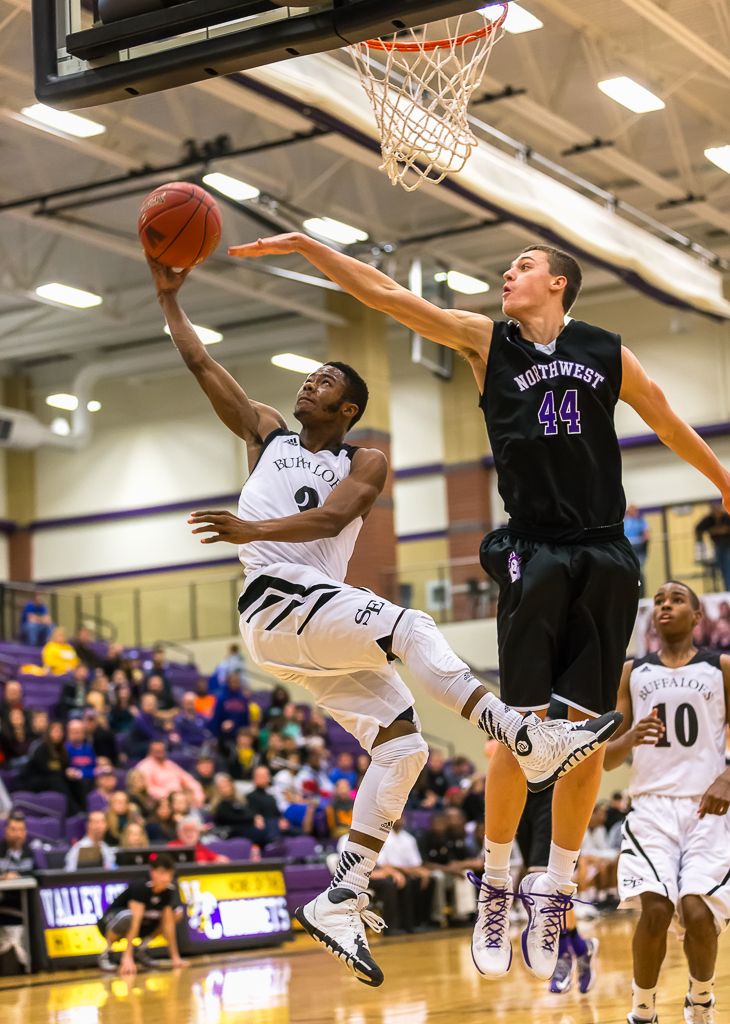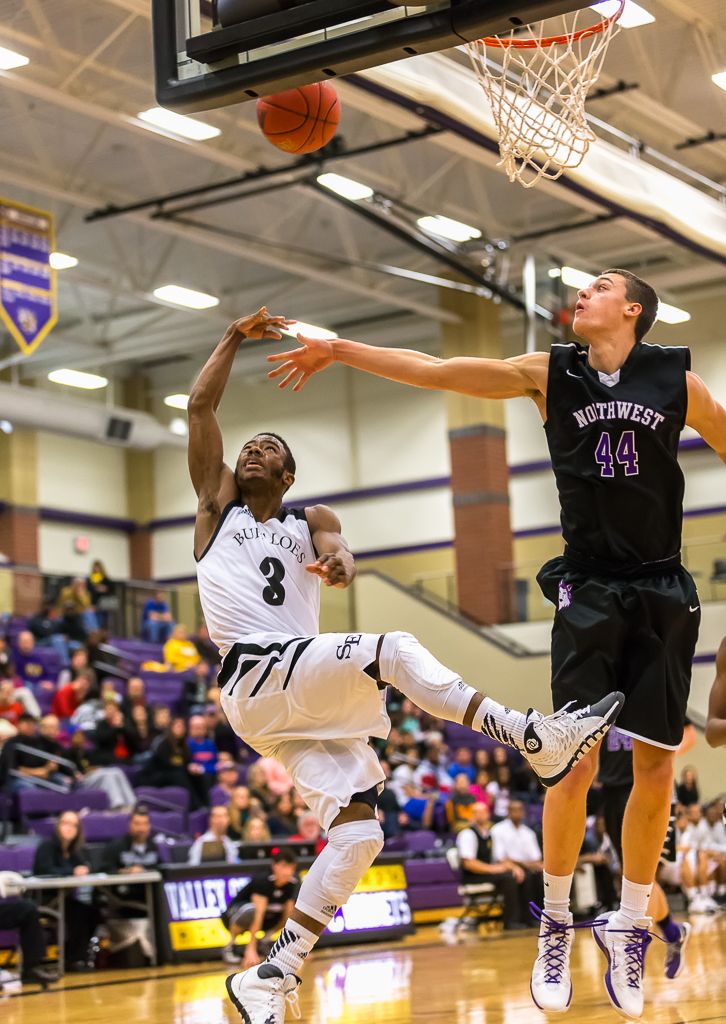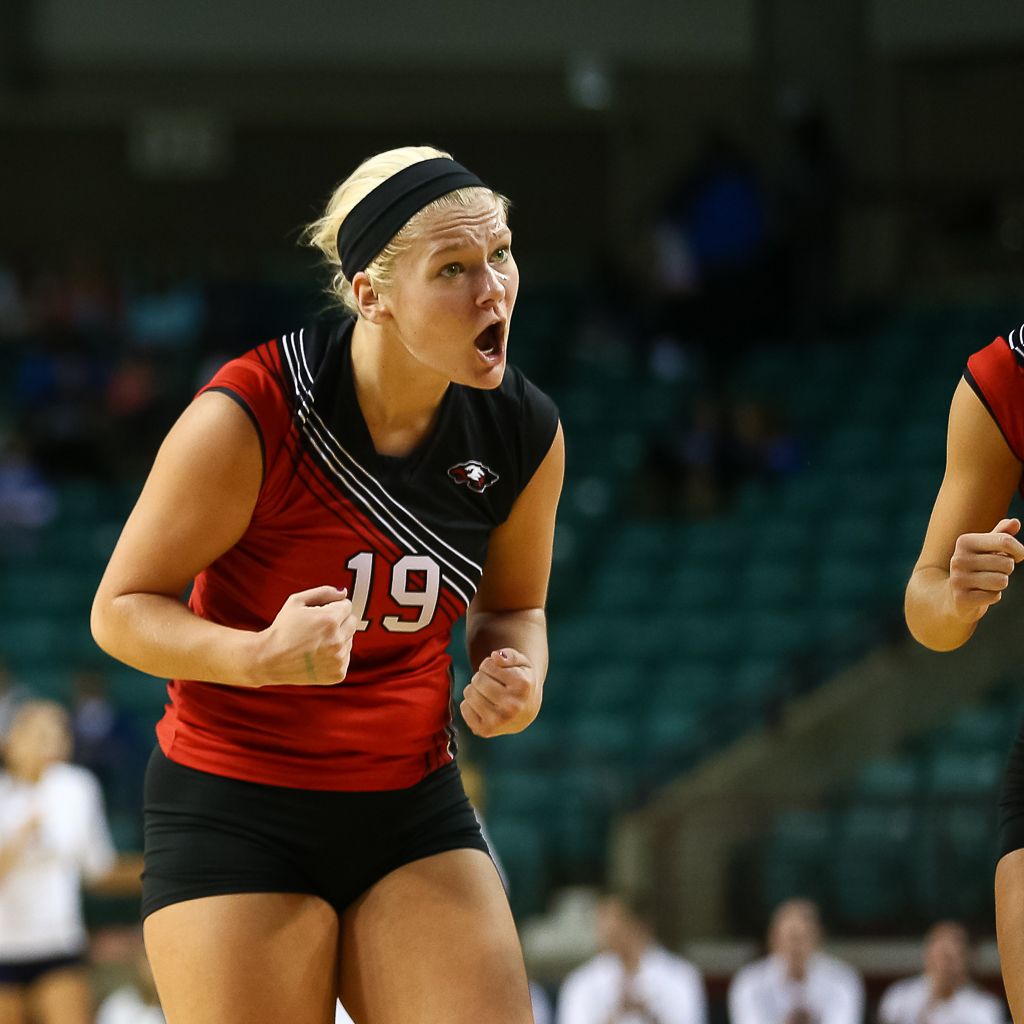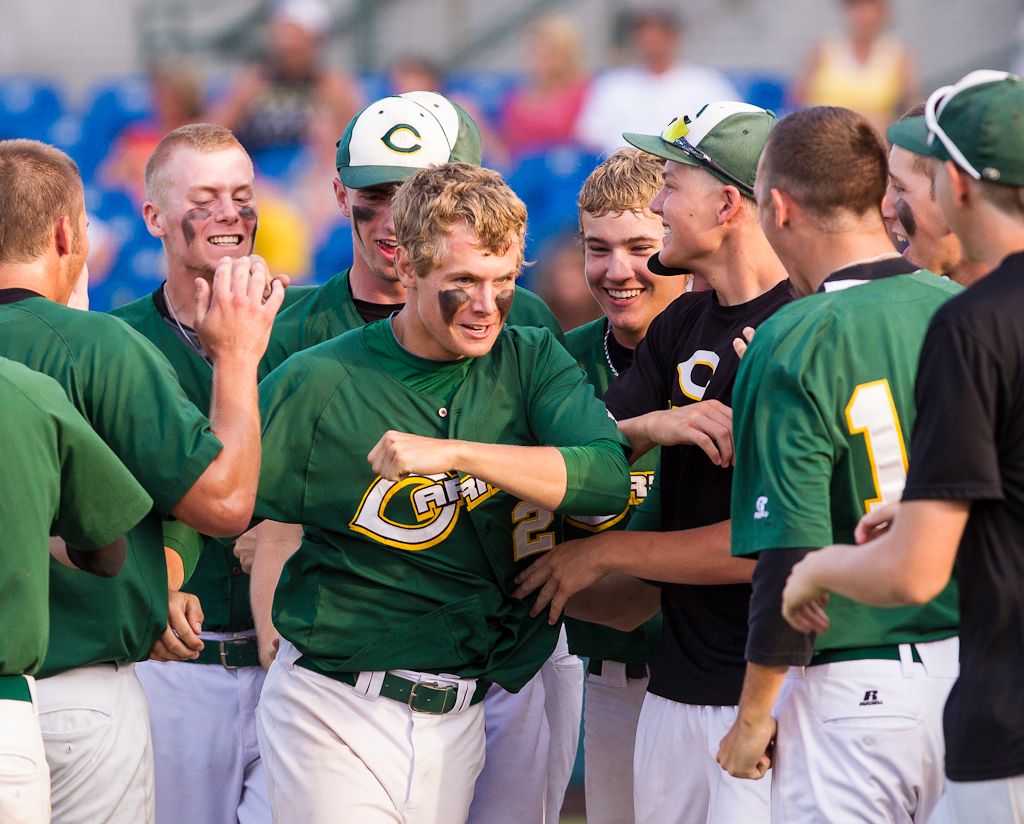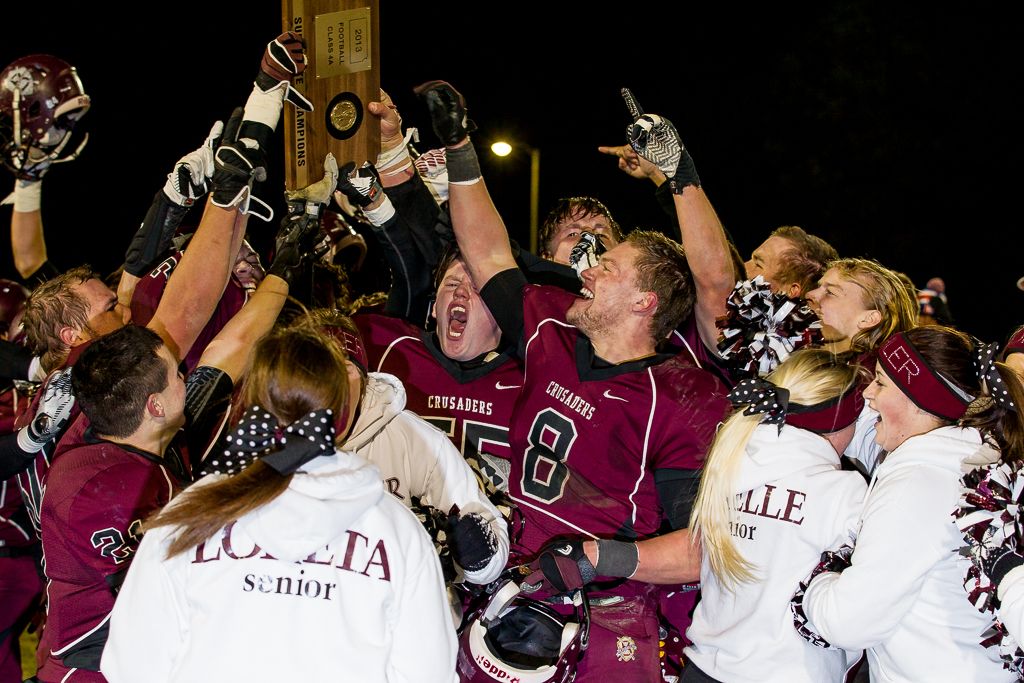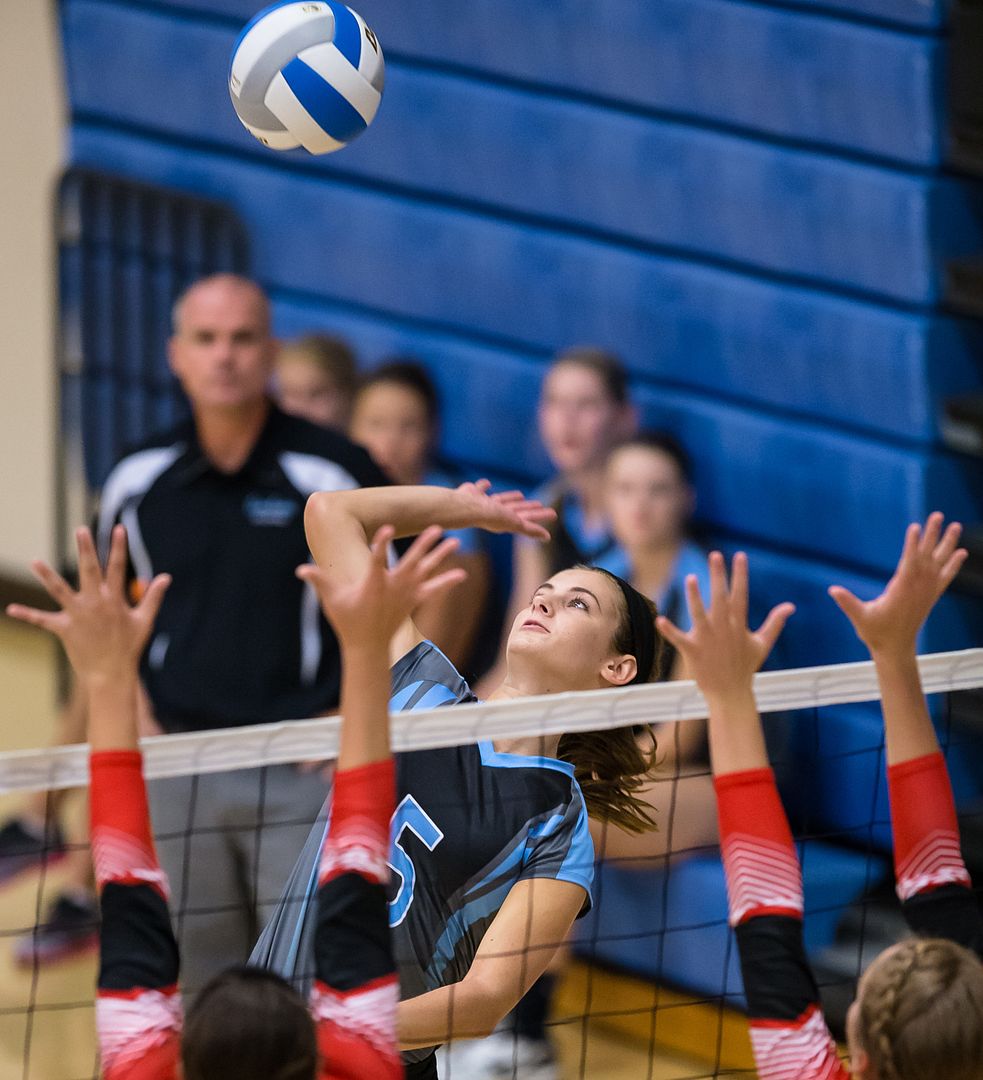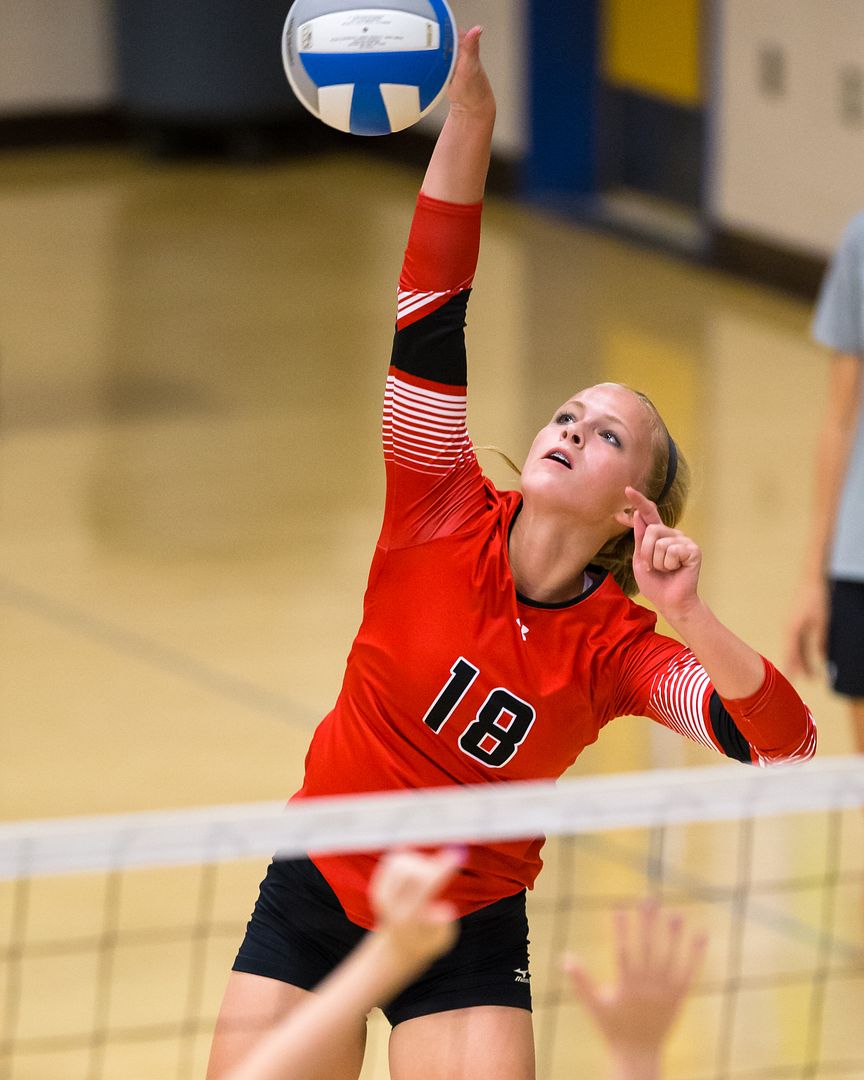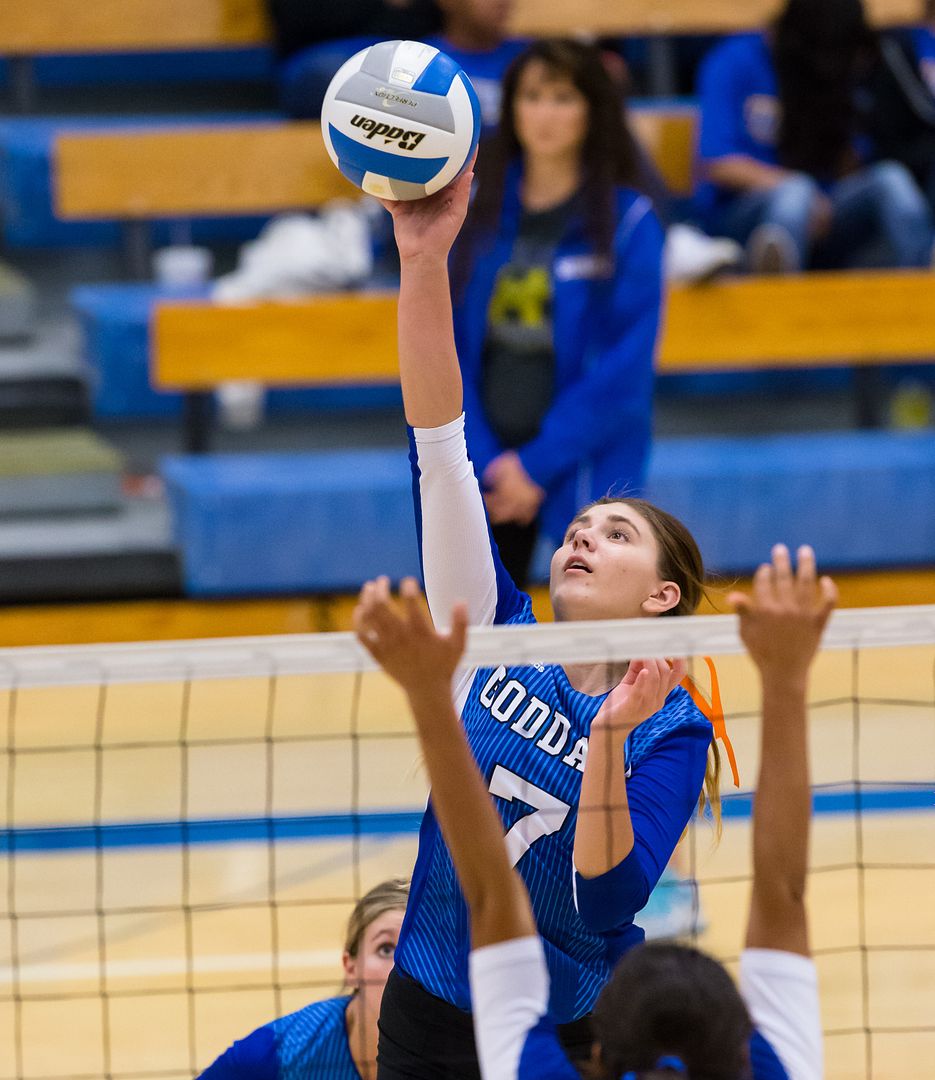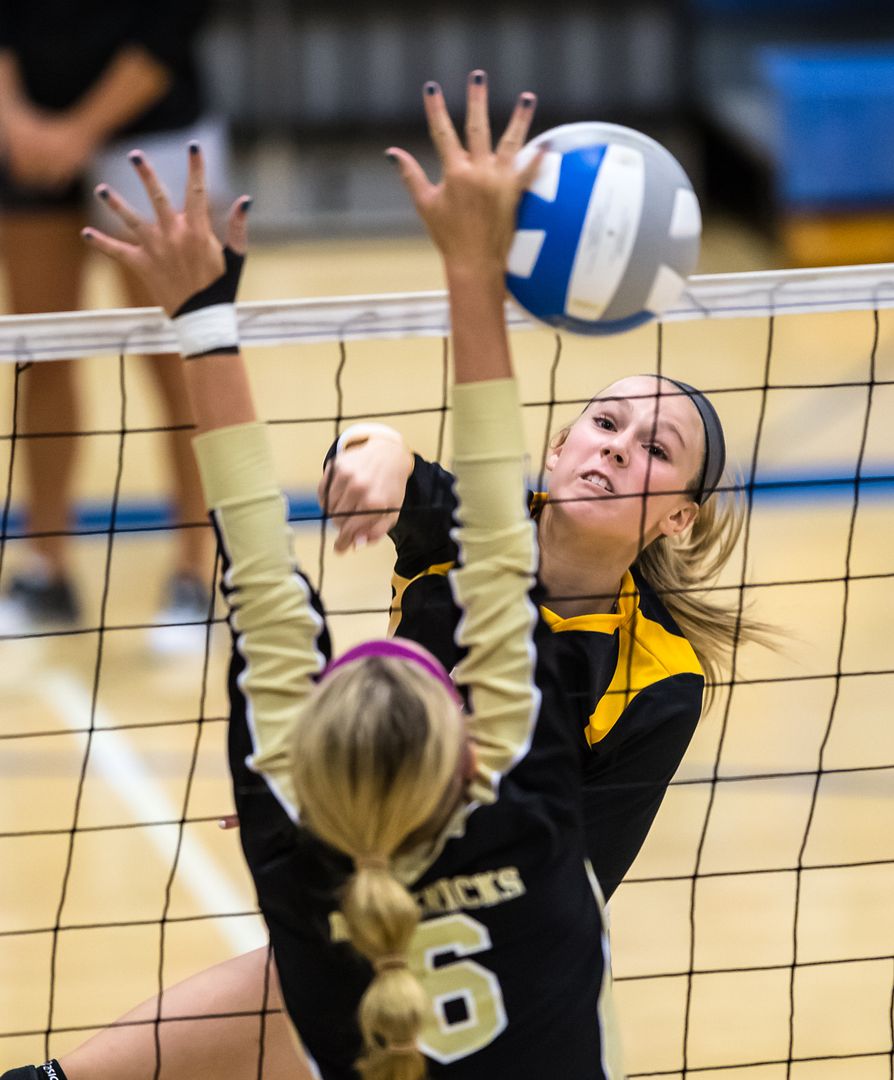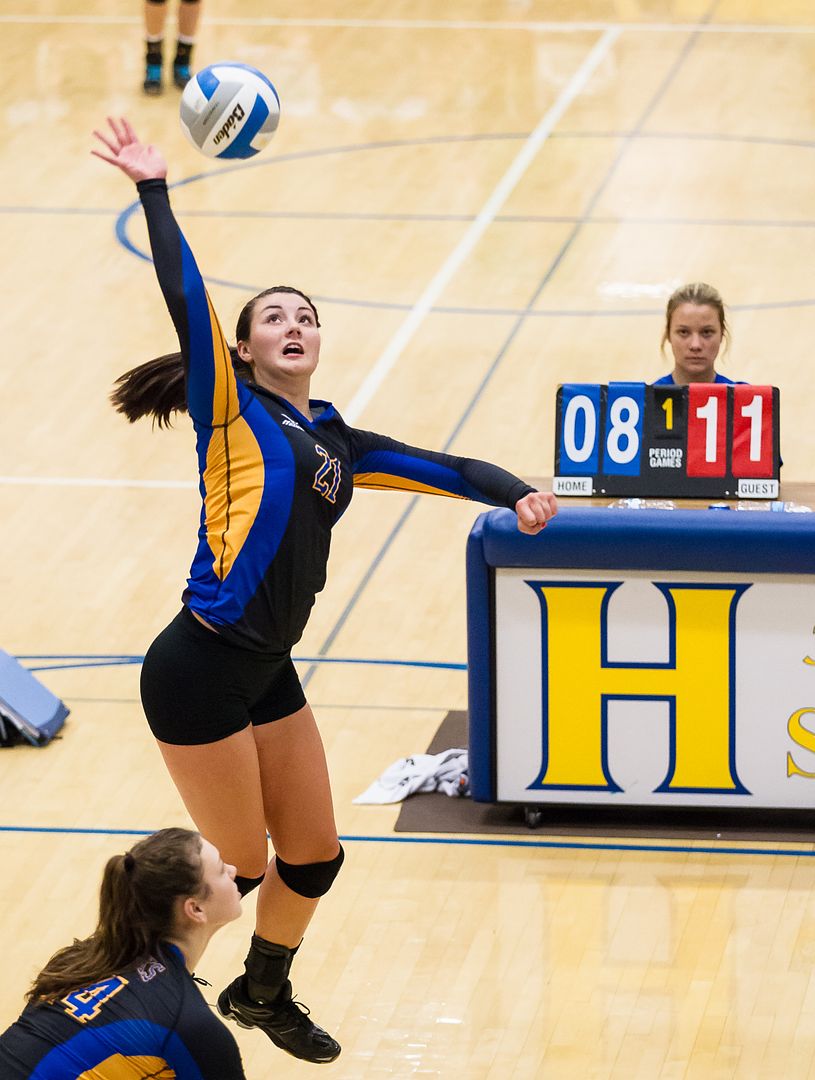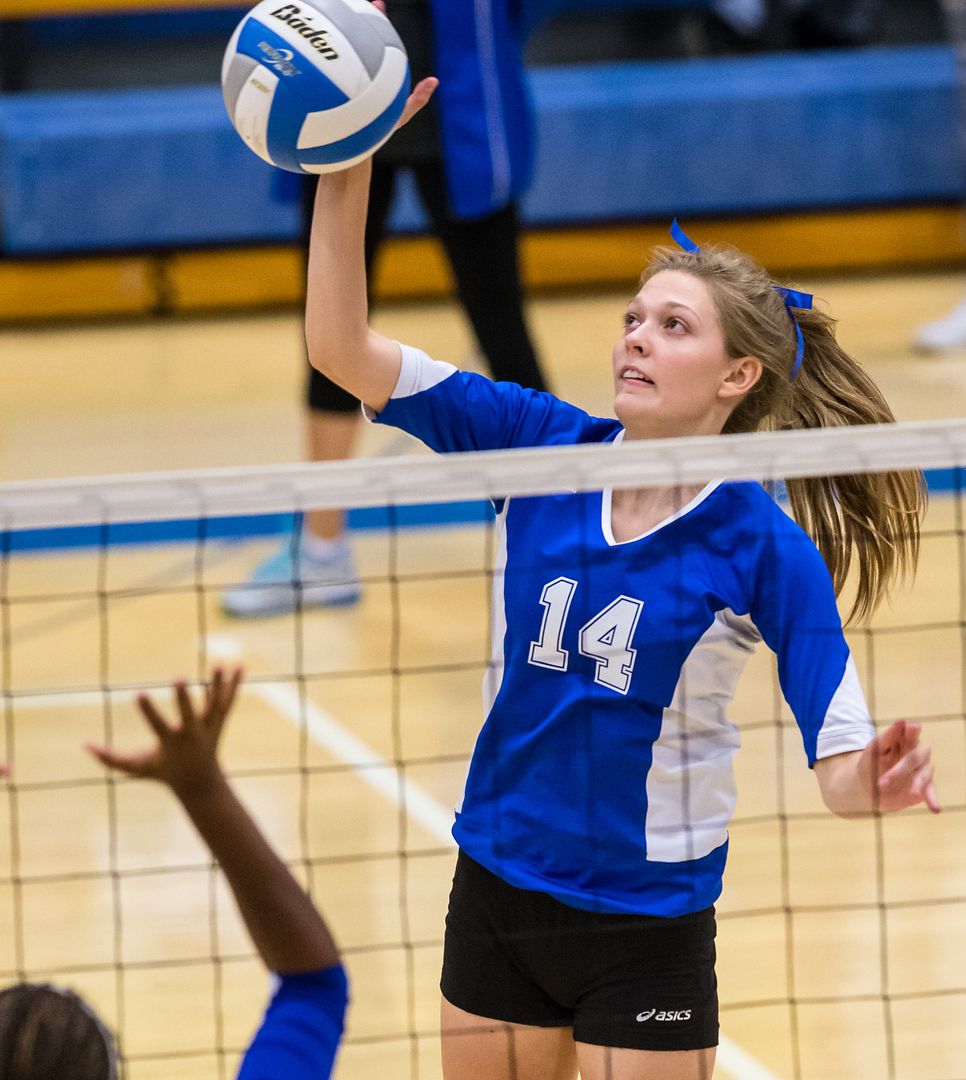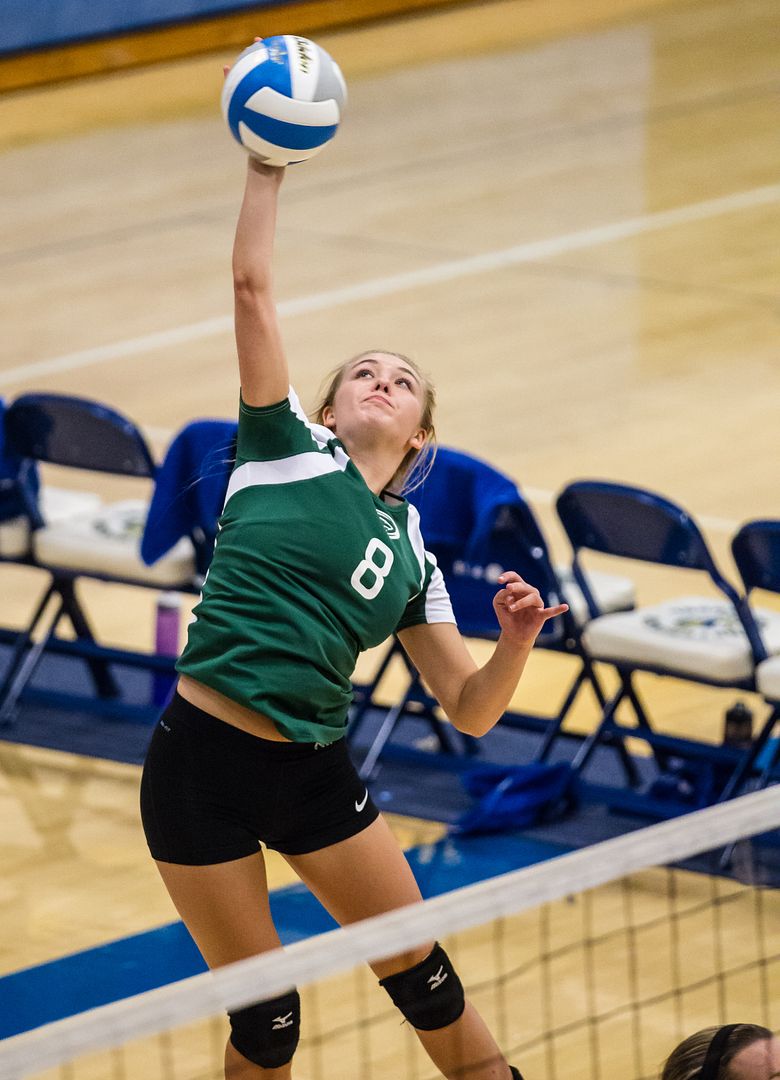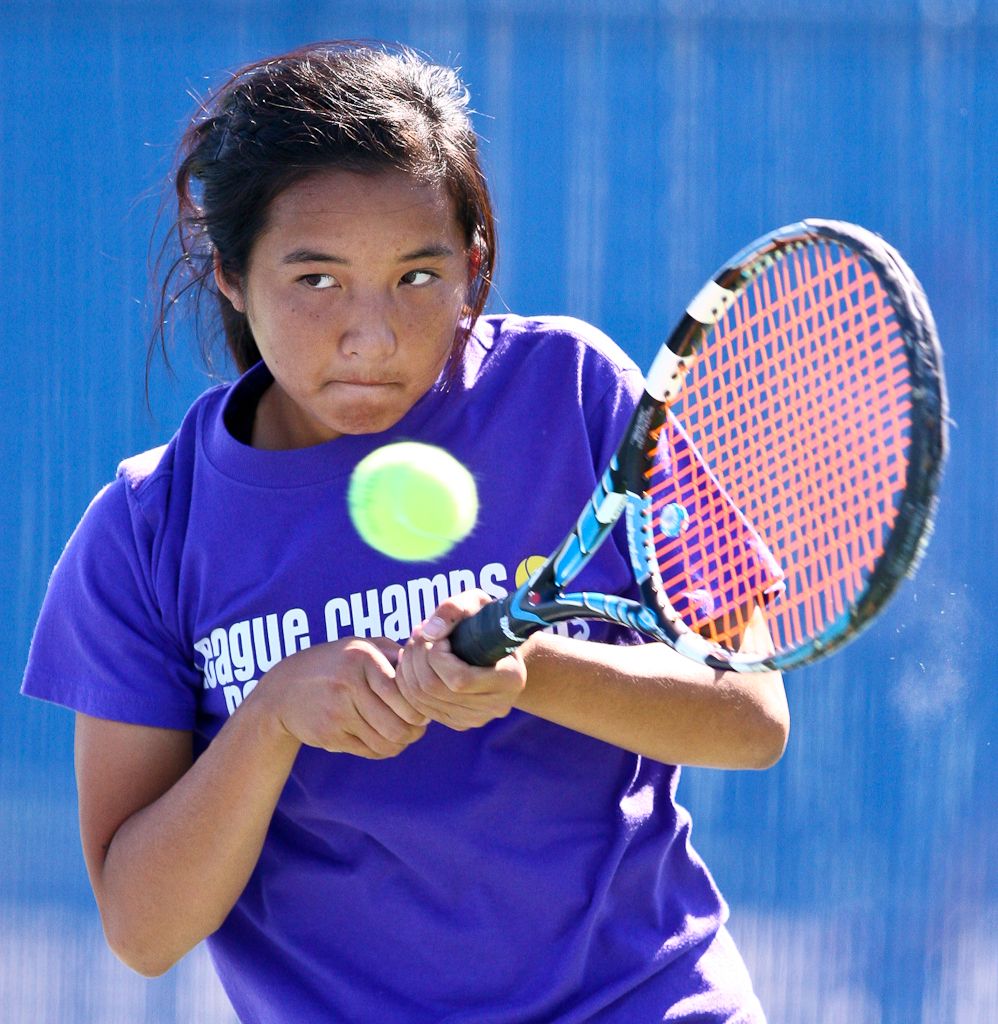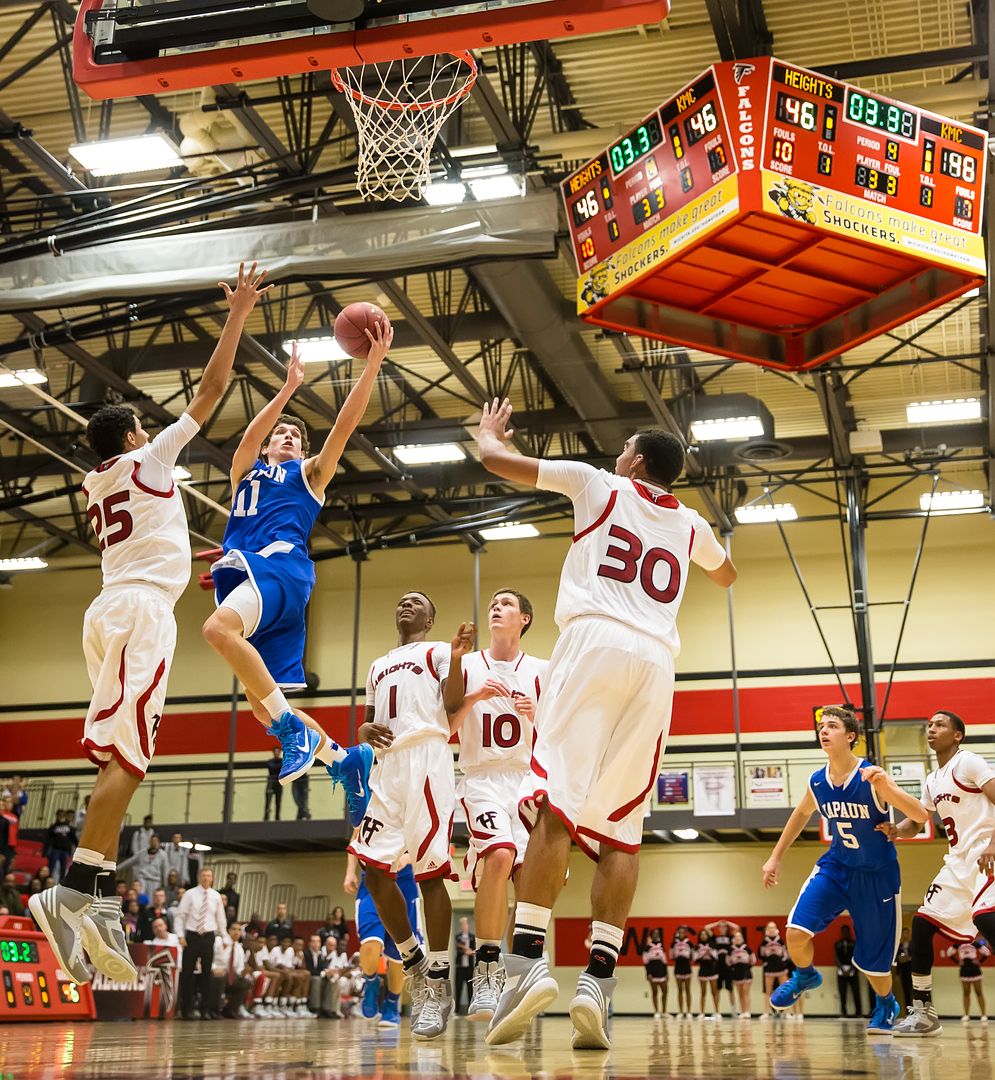Welcome to the Phil Zivnuska photo blog, Practical Sports Photography. I'll be posting photography tips, relevant images, and hosting discussions on topics related to photography. This is the place for requests, comments, and questions about all things photographic. The emphasis will be on sports but all photography is fair game.
Phil Zivnuska
.
Spray and Pray
Spray and Pray
Burst shooting is a valid photographic technique. Which one of the following images would you have captured using a one shot technique?
Jube
Jubilation: noun A feeling of great happiness or triumph.
Jube
Shots of 'Jube' or jubilation are vastly underestimated in importance for many sports photographers. If you are submitting your photographs to a newspaper, magazine or even a high school yearbook, don't be surprised if an image of celebration gets top billing over your action shots. A good way to check and see what images are selling is to check the ESPN photo wire.
espn.go.com/espn/photos
You may be surprised to see how often it is the reaction rather than the action that is the image that gets chosen to tell the story.
If you are shooting a hard fought or important game, there is a good chance there will be good jube shots near the end of that game. It's often more important to position yourself to capture that than to shoot the last minute of the game. So, position yourself to capture jube. In some sports, that's relatively easy. In volleyball, there is usually one or two players who are especially expressive. When a close game gets near the end, stay focused on those players and be ready to react as they do. The players will often face the bench as they react in pure jubilation.
They will react individually:
Or in groups.
And it can be in any sport.
Jube photos tell the story of the game as well as action photos. Be sure to include them in your gallery of the game.
Phil Zivnuska
Spikers!
In my tutorial, How to Photograph Volleyball, I mentioned that I like to shoot spikers at from a 30 to 80 degree angle to the net. Here are some shots taken a week ago. Look at these left outside hitters and middles. Check the angle of their heads and ask yourselves, What angle to the net will give the best opportunity to see their faces at the spike?
If your angle to the net is less than 30 degrees, you risk being blocked out by the spiking arm. Generally, the spiker's eyes will not go past 80 degrees on the follow through. Obviously, these rules must be adjusted for a left handed spiker. Since I typically won't move to shoot the spiker on the right side, I often shoot from about a 60 degree angle. Try different angles and see how your results work.
Phil Zivnuska
Mentors
MENTORS
Everyone needs someone to critically evaluate their work. In effect, everyone needs an editor or someone who can look at your images with fresh eyes. This is due to several reasons. We all tend to get in a rut where we make the same mistakes over and over. I see this from photographers who only shoot landscape or just portrait orientation. It can be something we do such as chronically making the white balance too warm or saturation too high on our galleries. On the other hand, it may be something we omit such as the failure to include jube shots or emotional shots of the coaches or fans. Your eyes may lock on the compelling action in an image and fail to notice that you are not paying enough attention to the cluttered backgrounds. Mentors can be hugely helpful in these cases.
The role of mentor is not to be taken lightly. To do this properly, time is required to really look at your photos in detail. Then the mentor must be willing to take the time and effort required to offer a detailed critique. When I say critique, understand that I'm not referring to criticism alone. A proper evaluation should include the positive aspects as well as the negative. We all have egos and an unrelenting barrage of complaints won't be helpful for long. This is something to remember when you are mentoring as well as being mentored. There is an old rule of thumb that says when critiquing, one should start with two things you like about the image(s) before starting in on the items to improve upon for the next shoot. Ideally, this should be someone with a breadth of experience.
Where can you get one of these people who will offer their time and expertise for no money? Surprisingly, there are lots of folks who will do this in the photography community but it may require the establishment of a relationship before you can expect significant help. There are likely many professional or skilled non-professional photographers in your community. Do you know any of them personally? If so, I'd start there. If not, do you know an experienced employee at a photography store? How about an editor at the local paper? Perhaps a person at the high school who edits the yearbook or paper? I've had the privilege of getting to know several highly skilled photographers just by taking the time to introduce myself at high school events where both of us are shooting. When you meet and greet a photog for the third or fourth time, it becomes much easier to engage in a conversation about the art and science of sports photography.
My mentor is Mike "Chico" LaBarbera. We became best friends in 9th grade (46 years ago) and he is the one who encouraged me to start sports photography. I cringe when I think of how terrible my early images actually were and how wonderful I thought they were! Fortunately, Mike was patient and he knew how to suggest just one or two improvements at a time and he was skilled in suggesting things that were appropriate to my skill level. We only see each other in person about once or twice per year. We talk photography once or twice per week and Mike evaluates my images on zenfolio several times per month. That is enormously useful.
The electronic age offers its own opportunities for growth. Photography forums are very helpful. Personally, my current favorite is
photography-on-the.net/forum/
also known as the Canon forum. There is a photo sharing forum for sports where you can post images and get feedback. The critiques can sometimes be harsh but the proper attitude to take is that even an unfairly negative evaluation can contain useful information for future events. It won't take long before you know who is talented and who is a poseur. There are incredibly talented folks who post there (and other forums too) and I'm always pleasantly surprised by how these gifted photographers are willing to share their insights.
This is the best time in the history of mankind to learn photography. Dive in. Join the party. The technology is incredible. Use it to realize your photographic vision. Have a mentor help guide your journey. Make it your task of tasks to do it now.
Phil Zivnuska
Depth of Field and Focal Length
As many of you know by now, I'm a big proponent of "Shoot Tight, Crop Tighter." However, I am also a believer in variety and using the scoreboard to tell a story. In this edition of the blog, I am going to go through the steps in shooting a wide angle basketball shot that has a unique perspective, includes the scoreboard, and game action.
First of all, let me say that the vast majority of my images of this game were the typical 70-200mm shots.
The depth of field at 105mm and 17 feet distance is 1.33 ft.
When the game got down to the end of the second half, the score was tied at 46, there were 9 seconds left to play, and the team in blue (Kapaun) had the ball. A time out was called and I moved to Kapaun's end of the floor to shoot the final seconds. I was shooting with a 1D X and the 24-70mm f/2.8L II lens.
Here is how I set up the shot of the player and scoreboard:
1. I sat under the basket to the edge of the lane. How far off the edge of the lane? I positioned my sight line so that the edge of the backboard matched up with the edge of the scoreboard. This sight line also helped determine how far away from the baseline my position would be. Here I was about 8 feet from the baseline.
2. The shot desired was going to be from the floor--literally. The camera was going to be placed on the floor and angled up slightly to include the scoreboard mounted on the roof. The focal length had to include the floor therefore my focal length had to be wide. My choice was 35mm.
3. Pre-focus, using back button focus, on the rim. Approx. 17 ft. Pre-focusing was required since the camera was going to be placed on the floor and there would be no way to aim my focus point on any given player. Using back button focus allowed me to aim the camera in hand, focus at the desired distance, and later push the shutter button without any refocusing.
4. Since my ISO was 6,400, it was necessary to shoot the shot at f/2.8. How was my depth of field going to work? This is where a familiarity with dof calculations helped immensely.
www.dofmaster.com/dofjs.html
At 35mm and pre-focused at 17 feet, my depth of field extended from 12.5 to 26.4 feet. The total dof is 13.9 feet. That would be plenty to have my subjects in focus.
5. Place the camera on the floor and aim it up a bit so as to include the floor and the scoreboard. How much is a 'bit'? Trial and error will give you a good idea. Since I'm shooting very wide, my aim need not be perfect, just in the ballpark.
6. Follow the action with the camera. I wasn't looking through the viewfinder, just aiming the camera as it sits on the floor. (Tilted up slightly)
7. Get Lucky! Yes there is a large element of luck. You will have to have action that is visible to you roughly in front of the basket. This capture had it all.
8. Fire away in a burst as the action comes into view. Don't forget to include the rebound.
Kapaun senior Atir Cherne drives the lane with 3.3 seconds left to play to break a 46-46 tie and defeat Wichita Heights 48-46.
In this particular case, I was able to capture key action in the final seconds. You need not have that be the case to use these same principals for very wide angle shooting. Pre-focus, get the camera on the floor, practice your aiming, and fire away. If you can shoot at f/4.0 that will give you even more focusing leeway. Remember that the primary insight that makes this work is that depth of field increases rapidly as the focal length decreases. Wide angle lenses have a large dof.
These shots won't be the majority of your images but can add variety and a bit of spice. Try it for rebounding action.
BTW, I'm off to Kauai for two weeks so the next blog issue will be in 2015. Cheers.
Phil Zivnuska
